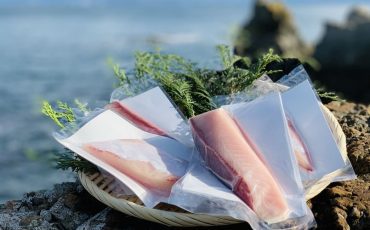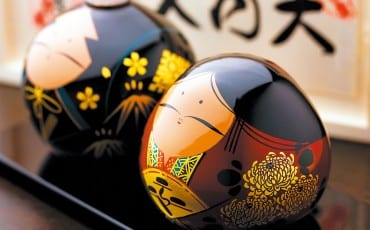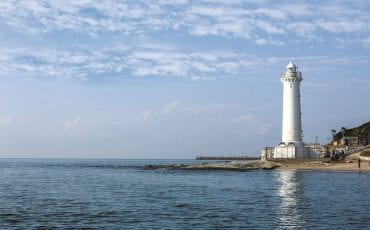Articles
Sake
Oct 1, 2016
Kura Hopping In Fukui
Contributing writer Denise Li gets an up close and personal look into just what goes into the creation of sake, miso, and heshiko (fermented mackerel).
Nambu Sake Brewery
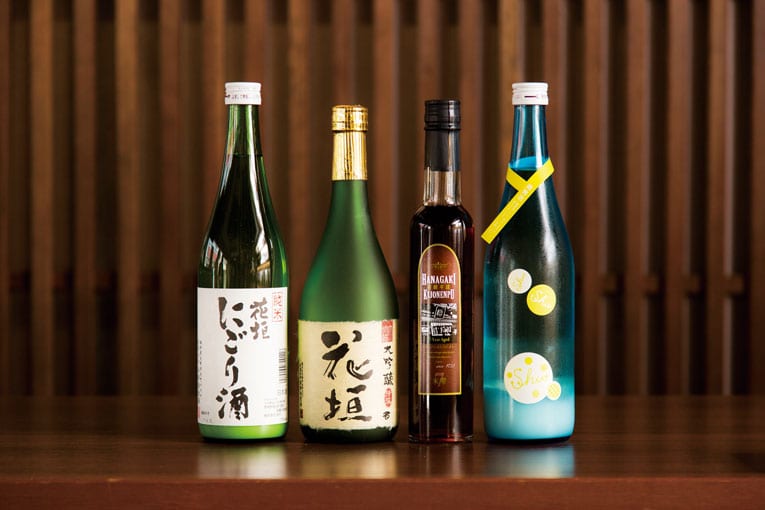
In a word, kura simply means “storehouse”. They are buildings usually made of timber, stone or clay and used to store valuable Japanese commodities. But a kura is more than just a warehouse to store goods; it is also the place where the magic of fermented goodness happens. We wouldn’t have sake, miso, and heshiko (fermented mackerel, a local specialty of Fukui) if they weren’t allowed to first mature in a kura.
Our first kura stop is Nambu Sake Brewery, the brewery behind the Hanagaki label, located in Ono city. Ono is famed for its pure, slightly soft water, and it is the only city in Japan where its residents still get their drinking water from the ground, rather than through pipes.
The pure water, coupled with a locally grown rice variant known as Gohyakuman-Goku, and a cold and humid environment are all responsible for the creation of the highly regarded Hanagaki sake.
Today, the brewery is run by Takayasu Nambu — the ninth generation owner of the company — and he’s proud of the fact that the sake that comes out of his brewery “has a rich umami flavour, yet remains clear on the palate”. Indeed, most of the sakes I tried while at the brewery packed punchy flavours that I just couldn’t get enough of. As someone who’s more used to the subtle fragrance of Niigata’s sakes, I found Hanagaki’s sakes to be a refreshing change.
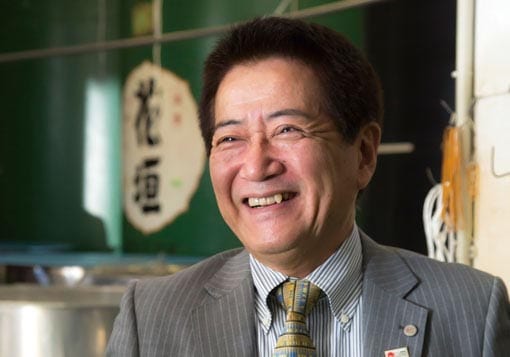
Nambu Sake Brewery
6−10, Motomachi, Ono-city, Fukui, 912-0081
Tel: 0779-65-8900
Komego
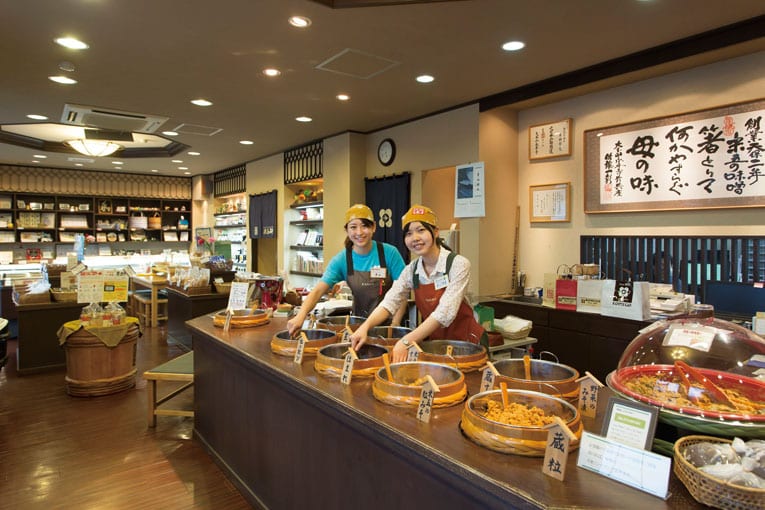
Our next stop is Komego, which has been producing miso in Fukui since 1831, and is the only miso brewery permitted to provide miso to Eiheiji Temple. To be honest, I’d not given much thought to this ubiquitous Japanese seasoning before visiting Komego. It was eye-opening for me to find out that the process of making miso bears a number of similarities to sake production. As with sake production, rice and koji mould — along with soybeans — are miso’s main raw ingredients, although barley or rye may also be used in place of rice. Like sake, miso takes a few months to ferment, and must be done under the right temperature and humidity. In general, the longer it takes for miso to ferment, the less salty it’ll be.
The colour of the miso is dependent on the percentage of each ingredient used in the mixture. White miso is made with soybeans that have been fermented with a large percentage of rice, resulting in a sweet flavour that’s perfect for use in light sauces. By contrast, red miso is usually made from a higher percentage of soy beans fermented with barley or other grains, and has a stronger umami flavour compared to white miso.
There are 11 types of miso sold at Komego. The most expensive is a variant called Homare, which is made using organic soybeans and organic rice from Fukui and allowed to mature for two whole years!
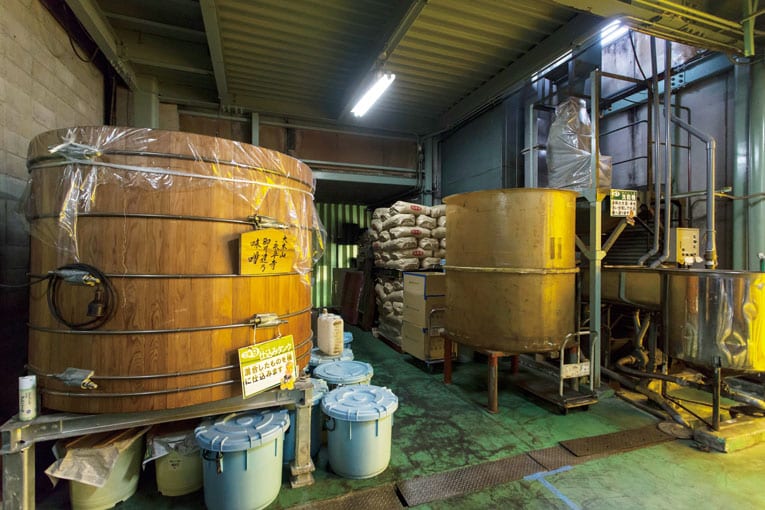
Komego
2-15-26, Haruyama, Fukui-city, Fukui, 910-0019
Tel: 0776-24-0081
Heshiko Hinode Ryokan
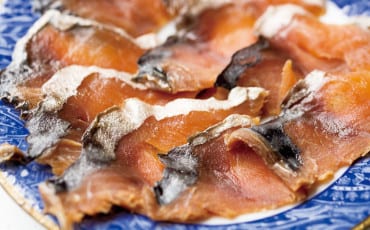
Last but not least, you can’t have a conversation about fermented foods in Fukui without talking about heshiko. This local specialty was developed as a way of preserving mackerel that had to travel long distances back in the day. To find out more, we meet up with Mikiko Kato, one quarter of the okami (inn hostess) collective based in Mihama city that started making heshiko as an alternative source of income when the demand for accommodation started to fall about 15 years ago. Now in her 70s, Kato has the energy of someone at least two decades younger.
Preparing heshiko for fermentation is simple enough. The fish is first rubbed with salt. After two weeks, it’s mixed with sake mash and rice husk powder, then left to ferment in giant pots in a kura for about a year. No chemical additives or preservatives are used in the process. Kato prefers using mackerel imported from Norway, compared to domestically caught mackeral because the supply is more consistent, and also because it contains more fat. Nothing goes to waste; even the liquid that comes out of the fish during the process of fermentation is collected and used to make fish sauce.
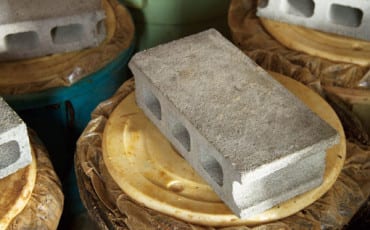
Heshiko Hinode Ryokan
Hiruga, Mihama-cho, Mikata-gun, Fukui, 919-1126
Tel: 0770-32-0361





